State of Nature: Britain's biodiversity is under threat but it can yet be saved
The authoritative State of Nature 2019 report highlights a sharp decline in wildlife, plants and fungi caused by a variety of factors that range from climate change to urbanisation. But the public is increasingly supportive and, with ambitious measures, the tide can yet be turned.
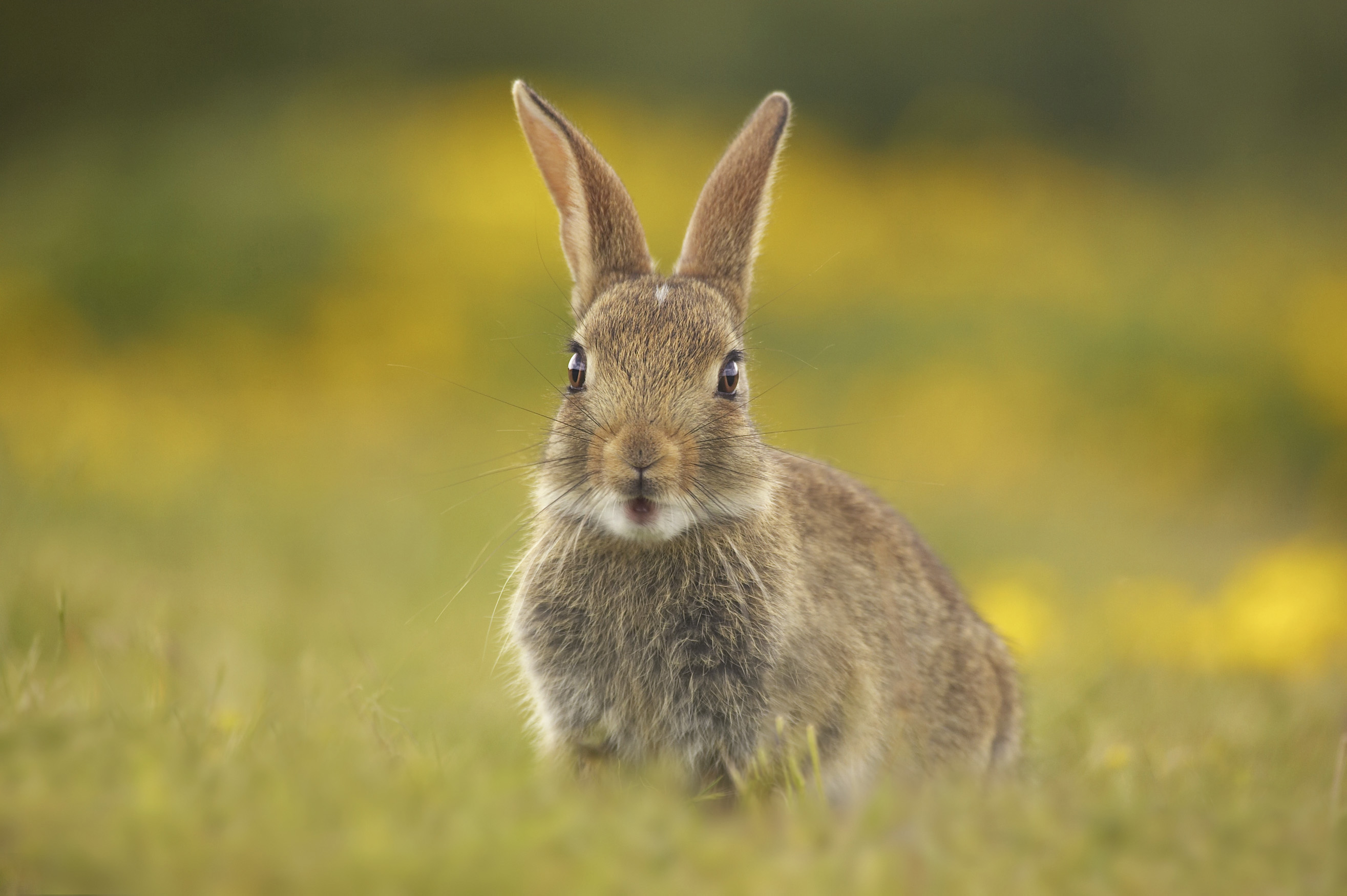

Britain’s biodiversity is dying out. Almost half of the birds, half of the fungi and a quarter of the country's mammals are at risk of extinction and, looking specifically at wildlife, both population numbers and their distribution across the UK have been declining.
The stark warning comes from the latest State of Nature report, released on October 4 by a group of more than 70 conservation charities, research institutions and government bodies.
Biodiversity is declining — fast
Based on a rigorous statistical analysis of data collected by tens of thousands of volunteers, the study, which is published every three years, looks at changes in British wildlife over the medium and long term (10 and 50 years respectively).
The picture that emerges from the report is dire. Since 1970, which is the study’s baseline, about 41% of almost 700 bird, mammal, butterfly and moth species have seen a drop in numbers, against 26% that have seen a rise. And of more than 8,400 species monitored under the International Union for the Conservation of Nature Red List, one in seven is at risk of extinction, with 133 having already vanished.
But it’s not just animals that are disappearing fast. ‘We know one in five British wild flowers is under threat and continued declines must be urgently addressed if we are to better protect the wealth of wonderful wildlife plants underpin,’ points out Jenny Hawley of Plantlife. ‘Where wild flowers lead, wildlife follows: the marsh fritillary butterfly feeds almost exclusively on devil's-bit scabious, so it lives or dies according to the prospects of its food plant.’
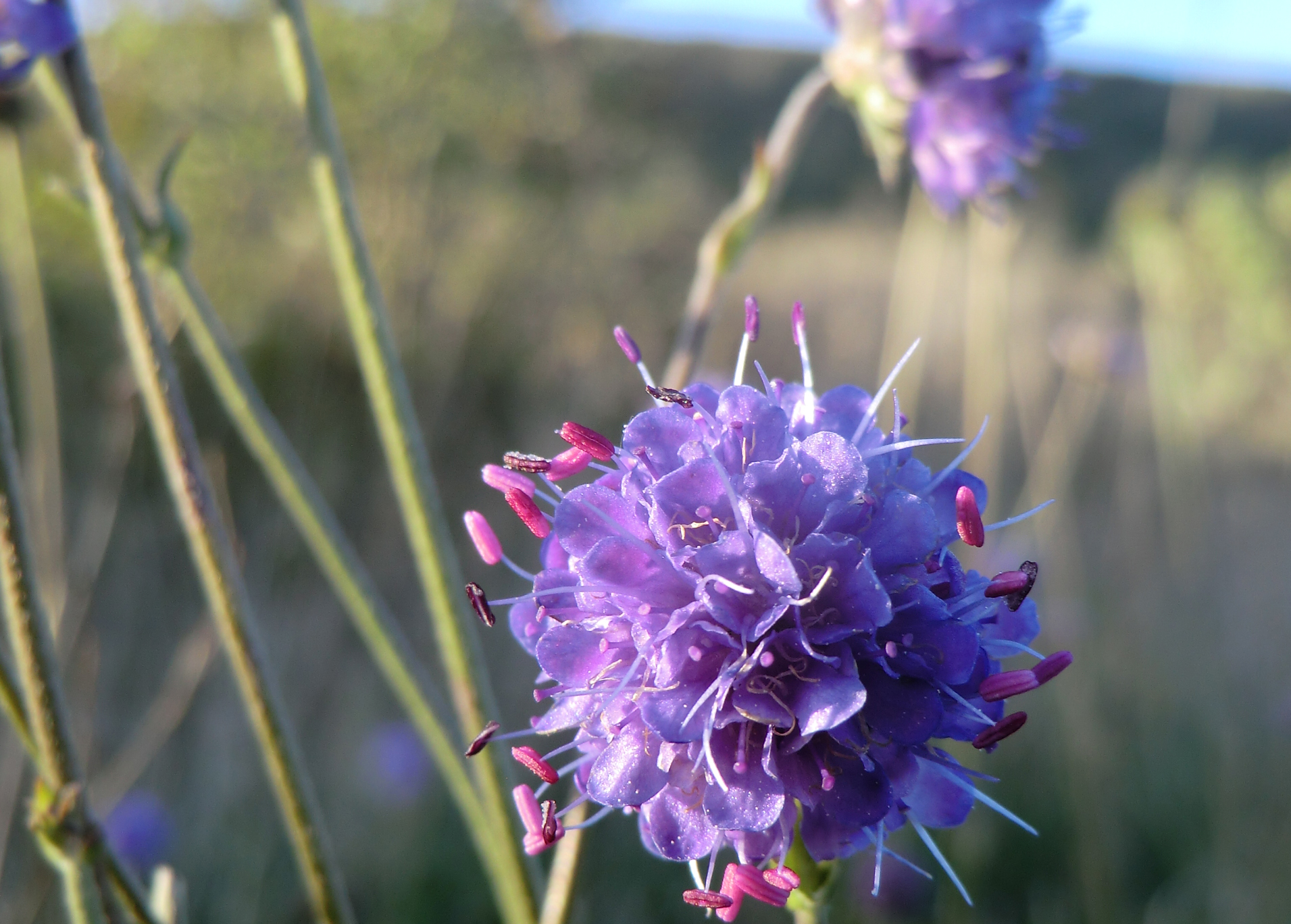
Alongside individual habitat losses, another problem is fragmentation, which occurs when areas of, say, woodland or meadowland are split into smaller, unconnected patches, which make it impossible for animals like bees to move from one place to another.
'To pick one top issue, it would have to be loss of habitat connectivity, which has major impact on biodiversity and the ability to adapt to climate change,' notes Paul Hetherington of Buglife, who has long been calling for the development of B-Lines — essentially wildlife corridors that allow pollinators to move across the country.
Sign up for the Country Life Newsletter
Exquisite houses, the beauty of Nature, and how to get the most from your life, straight to your inbox.
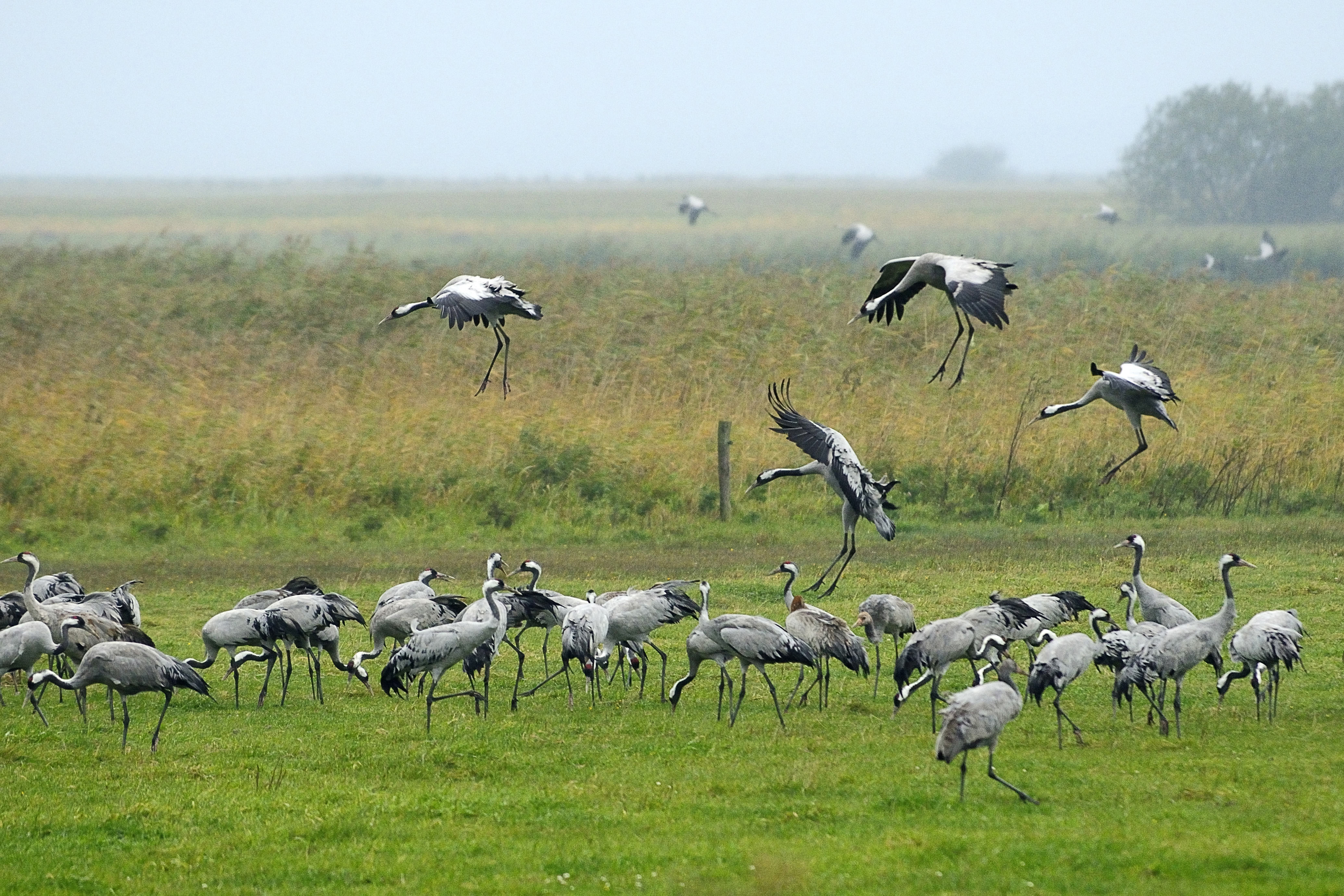
What's causing the problem?
One of the key factors putting pressure on biodiversity is climate change — and tellingly, the State of Nature report comes just days after another study argued that man-made emissions are altering the Earth’s carbon balance more than the asteroid that killed three quarters of plant and animal species 66 million years ago. For example, nearly half of the drop in moth numbers is linked to rising temperatures, as is 60% of the increase in aphids.
Ecosystems are also increasingly getting out of sync as species respond differently to global warming — among others, there is a growing disconnect between some insects and the birds that feed on them — and food chains are getting disrupted. Among the worst-affected animals are kittiwakes, whose population has declined by 70% because climate change has reduced the availability of one of their main food sources, sand eels.
However, climate change is not the only culprit. Other forms of pollution, plus urbanisation, hydrological change, the proliferation of invasive species and misguided agricultural, woodland management and fishing practices have all had an impact. For example, the report explains that, on average, farmland bird population have more than halved since 1970, following changes in agricultural management to increase food production.
Similarly, more than half of UK waters have had their seafloor habitats disturbed by the contact with fishing equipment. And when it comes to butterflies and moths, says Emily Dennis of Butterfly Conservation, ‘the decline in populations is largely attributed to the destruction and deterioration of habitats due to land-use change such as intensification of agriculture, urbanisation and changing woodland management, in addition to other pressures such as climate change.
'Butterfly Conservation’s landscape-scale conservation projects have produced notable successes for some threatened species, but wider-scale action is needed to prevent further declines, for example through wildlife-friendly farming and creation and management of favourable habitats and green spaces.’
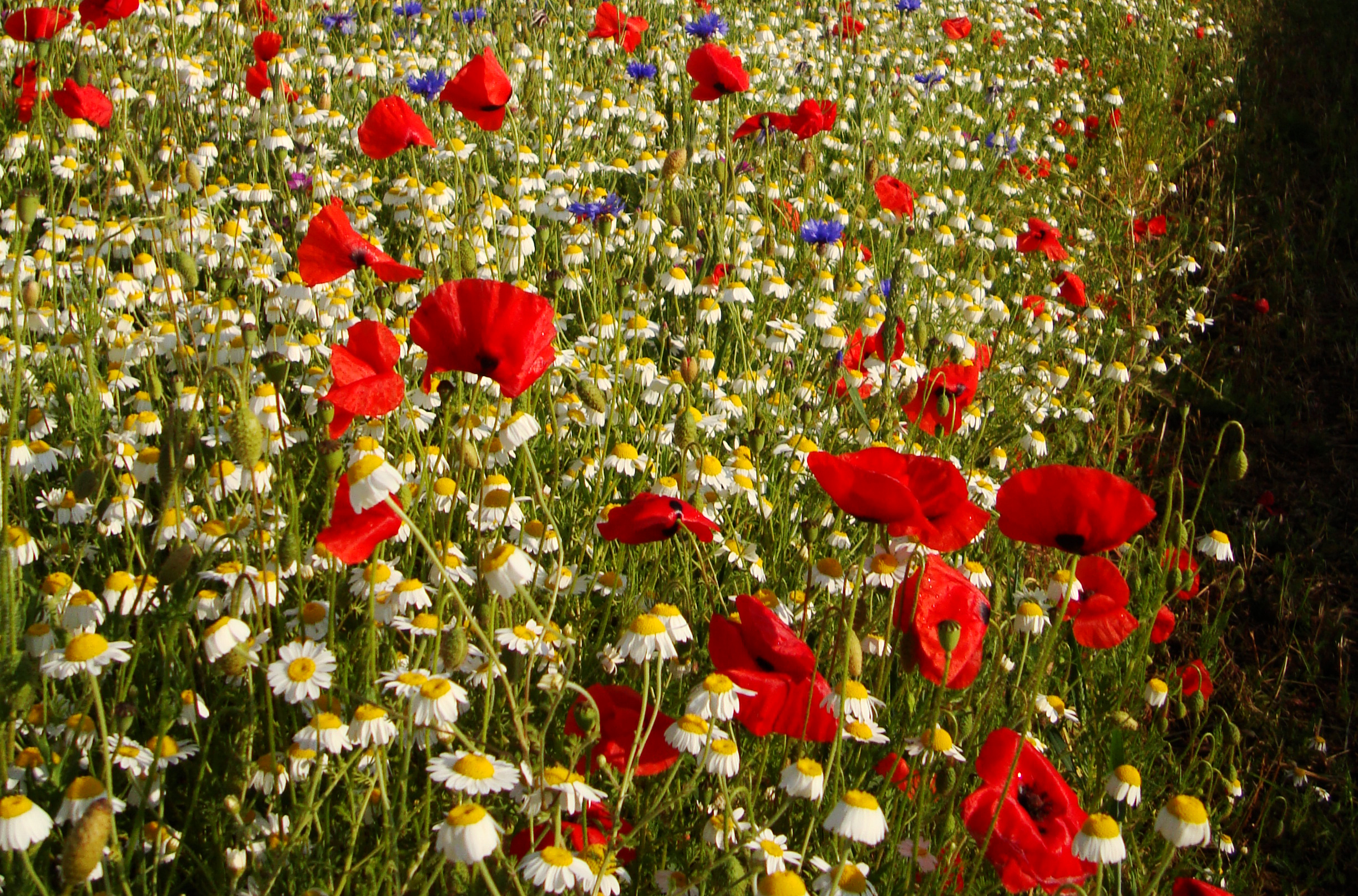
Joined up solutions are in urgent need
The silver lining, however, is that people are increasingly aware we need to do more to protect biodiversity: public support is rising and can help drive changes to both policy and practices, which in turn can help stem the damage.
For example, the ocean can potentially play an important part in halting the climate breakdown, according to Peter Richardson, Head of Ocean Recovery at the Marine Conservation Society, so long as we improve the way we use our seas.
'In the UK, this means making sure our marine protected areas are properly managed, so that the most damaging activities are excluded from them; it means establishing more Highly Protected Marine Areas where all extractive activities are excluded; and it means taking an 'ecosystem-approach' to fisheries management to ensure healthy, sustainable fish stocks, and flourishing habitats on which the fish depend. We can do all this, but we need strong political will and social leadership to make it happen in the next decade before it is too late.'
Conservation farming also has a role to play in supporting habitats and helping absorb carbon. According to the Country Land and Business Association (CLA), the State of Nature 2019 study leaves no doubt that agricultural intensification, encouraged by Government policy at the time, led to biodiversity declines. However, the industry has come a long way since then, with the CLA reporting that many of its members have entered into agri-environment schemes, which reward farmers for environmental delivery, including creating wildlife habitats.
'There is greater recognition of the benefits for business and the environment of more sustainable practices,' says a spokesman. 'Consumers and the supply chain are also increasingly demanding products with a lighter environmental footprint. CLA members recognise their responsibility, as stewards of the countryside, to look after wildlife and habitats, while producing food and other public goods.'
Similarly, adds NFU President Minette Batters, British farmers have planted more than 24,700 acres of wildflower habitat, managed another 86,000 to preserve trees, grasslands, woodlands and orchards, and created more than 116,000 acres of buffer strips to protect watercourses and features.
'Farming has already embarked on a long journey of protecting and maintaining the iconic British countryside; huge amounts of work have been carried out to enhance our landscapes, benefit soil and water and encourage wildlife and farmland birds,' she says.
However, Mrs Batters highlights that this cannot happen 'in isolation' and is calling for a suitable Government policy to 'enable farmers to embrace accessible environmental schemes that provide infrastructure projects, new technologies and innovative tools'.
Even more urgent, says Mark Wright, Director of Science at WWF, is the need for a strong environmental policy. With recent polls showing that the environment is a top priority for UK voters, now is the time ‘to press the Government to urgently introduce ambitious new laws to protect and restore our environment.
'The new Environment Bill must be world-leading, with bold legal targets and a strong watchdog that hold the Government legally accountable for halting the loss of nature at home and overseas. It is time for leaders to unite behind the biggest issue of our generation and catalyse a movement to save our planet.’
These are words that resonate with Shaun Spiers, chair of the Greener UK coalition, who believes that 'the British government will be judged' on its environmental and agricultural policies. After all, he adds 'no one wants a country that is visually beautiful and economically productive, but dying ecologically. We desperately need ambitious action to reverse the decline in nature.'
Recent conservation successes show that, where action has been taken, it is possible to reverse environmental decline, 'even in the most unpromising conditions,' according to Dominic Jermey, Director General of the Zoological Society of London.
‘The river Thames, for example, was declared ‘biologically dead’ in the 1950s but thanks to dedicated measures to restore habitat and tackle pollution, is now a thriving ecosystem home to more than 100 species of fish, including seahorses, eels and sharks; porpoises; and a growing seal population,' he says. 'It can be done!’
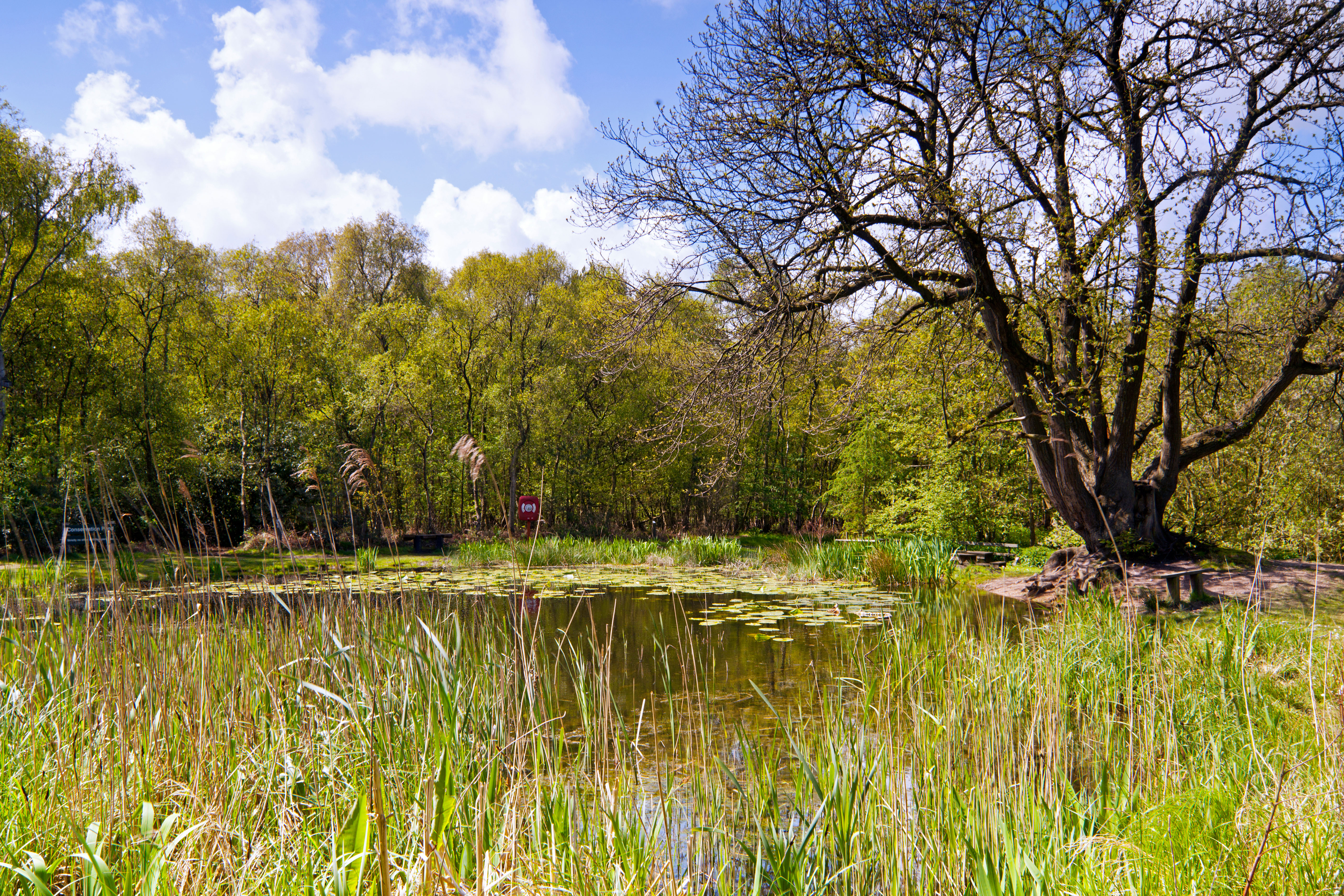
Lack of ponds a 'national crisis' — but a new plan hopes to bring ancient seeds back to life
It is hoped the reintroduction of ponds across the country will boost wildlife and regerminate seeds which have lied dormant
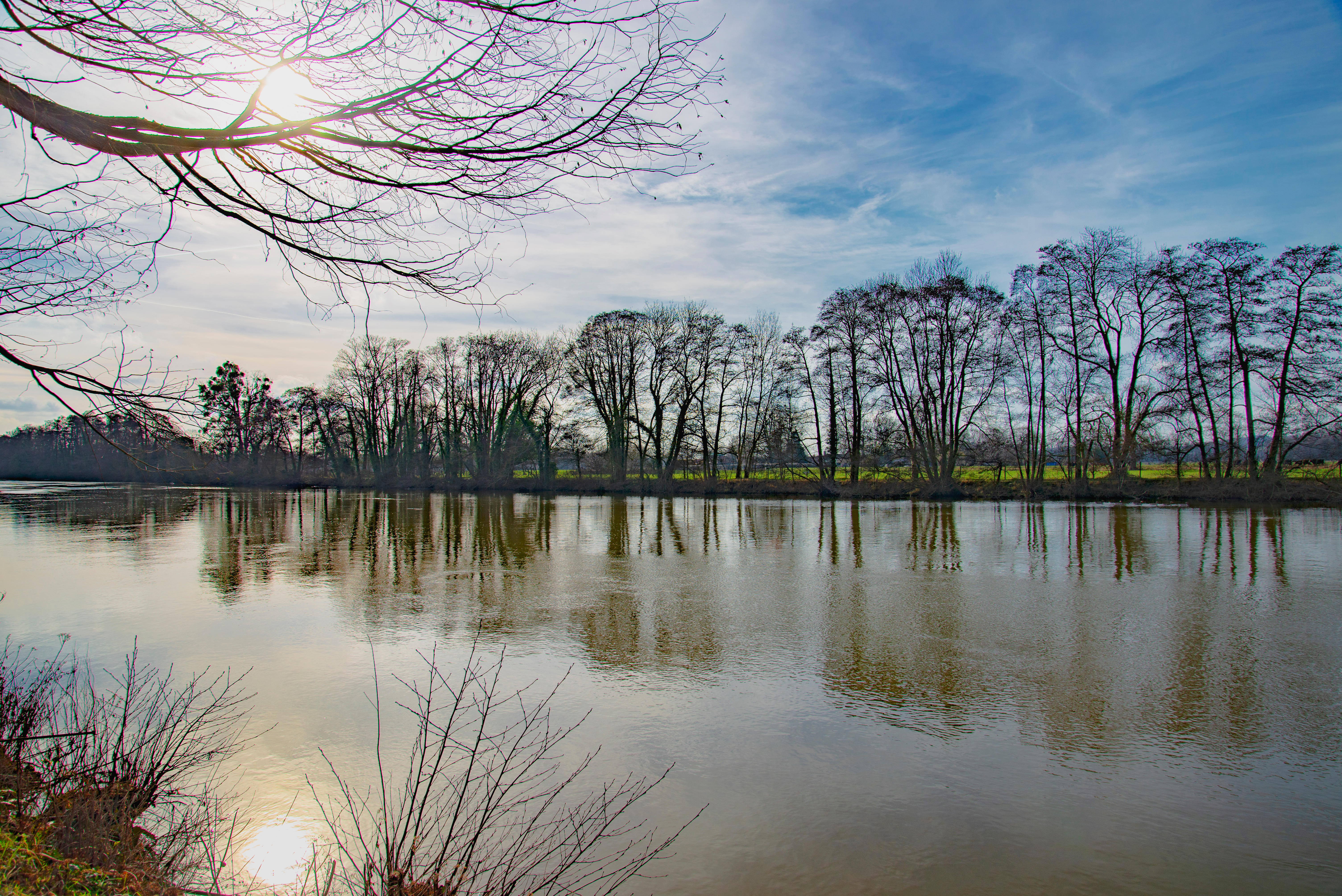
Charity raises concern over health of British rivers
The World Wide Fund for Nature (WWF) says government targets to clean-up rivers are unrealistic.
Carla must be the only Italian that finds the English weather more congenial than her native country’s sunshine. An antique herself, she became Country Life’s Arts & Antiques editor in 2023 having previously covered, as a freelance journalist, heritage, conservation, history and property stories, for which she won a couple of awards. Her musical taste has never evolved past Puccini and she spends most of her time immersed in any century before the 20th.
-
 New balls please: Eddie Redmayne, Anna Wintour and Laura Bailey on the sensory pleasures of playing tennis
New balls please: Eddie Redmayne, Anna Wintour and Laura Bailey on the sensory pleasures of playing tennisLittle beats the popping sound and rubbery smell of a new tube of tennis balls — even if you're a leading Hollywood actor.
By Deborah Nicholls-Lee
-
 A rare opportunity to own a family home on Vanbrugh Terrace, one of London's finest streets
A rare opportunity to own a family home on Vanbrugh Terrace, one of London's finest streetsThis six-bedroom Victorian home sits right on the start line of the London Marathon, with easy access to Blackheath and Greenwich Park.
By James Fisher